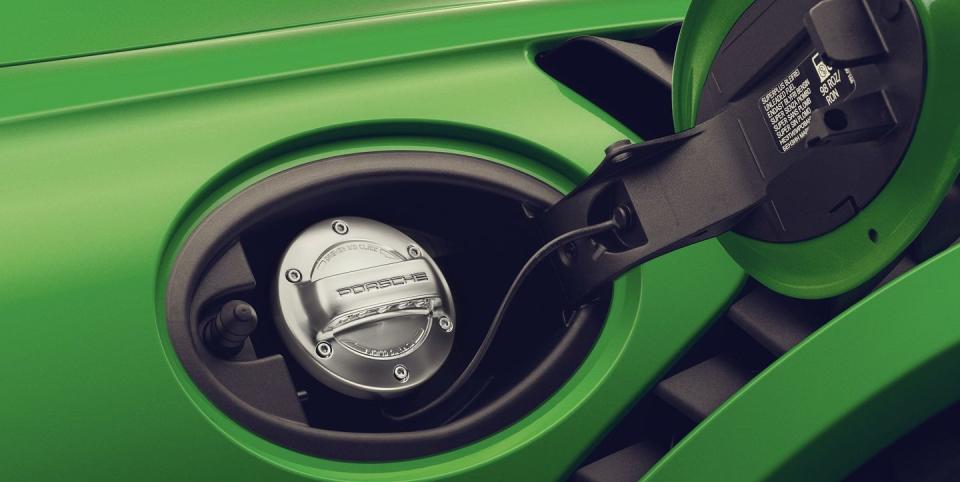Faux Fuel: Can Chemistry Save Internal Combustion?

From the October 2021 issue of Car and Driver.
As the world's carmakers and governments turn toward electrification amid ever-dire climate predictions, some stakeholders are looking to keep gas-powered engines on the road without traditional petroleum-based fuel.
For the sake of the 911 (and plenty of other cars), Porsche, with partners that include Siemens Energy, has invested around $24 million in a large-scale commercial synfuels plant. The pilot plant, in Chile, could begin operating next year. BMW has also invested in a synfuels company, while McLaren is said to be readying a synfuel-powered prototype.
Porsche's goal is to produce a fuel by splitting water into hydrogen and oxygen using electricity generated by a wind turbine. The hydrogen would then be combined with atmospheric carbon dioxide to create synthetic methanol, from which synthetic gasoline, diesel, and kerosene can be refined. Sounds clean, right? Just water and wind.
Well maybe, if that's how it's actually made, but historically, synthetic fuels have come from our old friend coal. The technology dates back to the 1920s, when German chemists Franz Fischer and Hans Tropsch developed a method to make liquid fuel by superheating coal. The Fischer-Tropsch process powered Germany through World War II and has been used for decades in countries with minimal oil reserves and large coal reserves, such as South Africa.

 Yahoo Autos
Yahoo Autos 